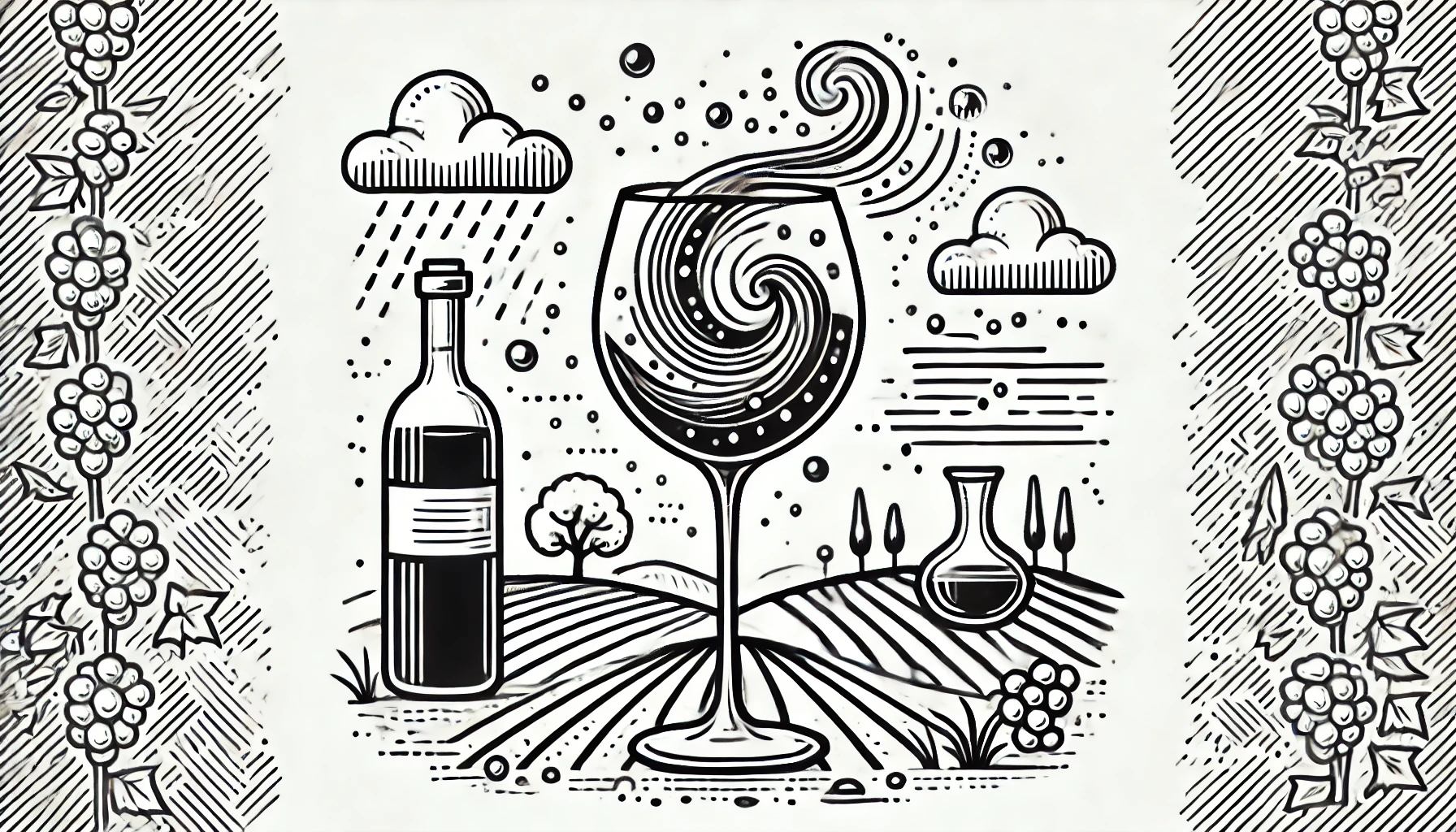
Aeration is the process of exposing wine to oxygen, which can significantly change its aroma and flavor profile. While it may sound counterintuitive, allowing some air to interact with the wine helps release volatile compounds that can make the wine smell and taste better. The process typically involves either swirling the wine in a glass, decanting it, or using an aeration tool. The idea is to let the wine “breathe,” especially when dealing with red wines or aged bottles that may have developed complex and layered flavors during storage.
When a wine is first opened, it may have a “closed” or “tight” aroma. This is especially true for younger red wines, which often have more tannins and higher acidity levels. By aerating the wine, the oxygen helps soften these tannins and smooth out any harsh flavors. This enhances the wine’s overall texture, making it feel more velvety or balanced on the palate.
Aged in Bottles For A Long Time
Aeration is also particularly useful for wines that have been aged in bottles for a long time. Over time, certain sulfur compounds can form inside the bottle, giving the wine a slightly unpleasant smell when first opened. However, these compounds are usually volatile and dissipate when exposed to air, leaving behind a purer expression of the wine’s true character.
Different wines benefit from varying degrees of aeration. Lighter red wines, such as Pinot Noir, may only need a few minutes of exposure, while heavier wines, such as Cabernet Sauvignon or Syrah, might benefit from an hour or more in a decanter. White wines, on the other hand, generally require less aeration, though some fuller-bodied whites like Chardonnay can benefit from brief exposure to air.
That said, not all wines need aeration. Some lighter wines, especially younger whites, may lose their freshness if exposed to too much air. Sparkling wines, in particular, should not be aerated, as the process would cause them to lose their effervescence. The key to aeration is to know your wine and its specific needs.
Curious about more wine terms and insights? Visit our Wine Wiki section and explore the basic wine terms for expert definitions and tips!